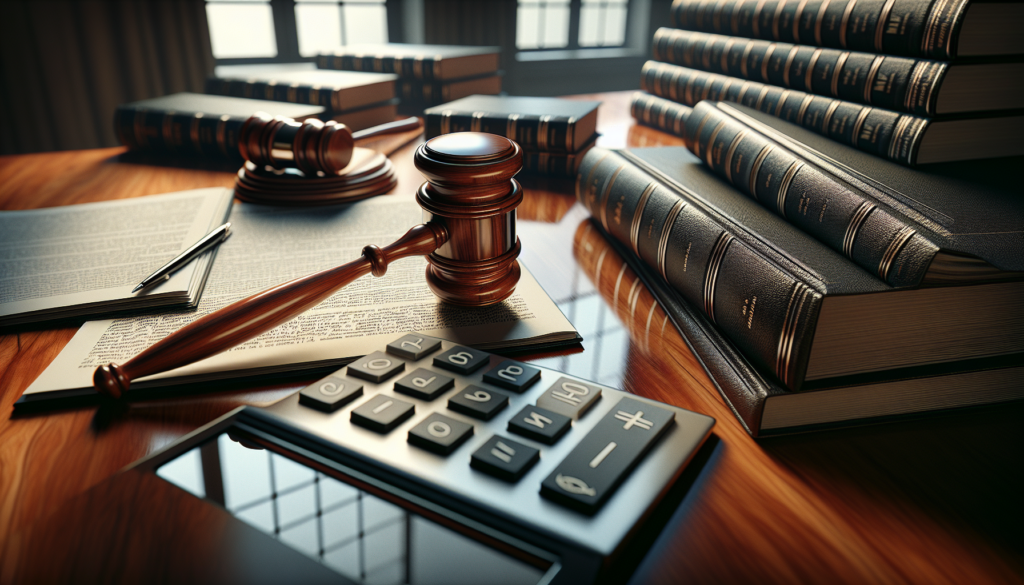
Filing for bankruptcy can temporarily stop a foreclosure or a repossession due to the automatic stay that goes into effect immediately upon filing. The automatic stay is a powerful legal provision that halts most creditors’ collection actions against you, including foreclosure and repossession efforts, for the duration of the bankruptcy process. Here’s how it works in the context of both Chapter 7 and Chapter 13 bankruptcy:
Stopping Foreclosure with Bankruptcy
- Chapter 7 Bankruptcy: While Chapter 7 can provide a temporary reprieve from foreclosure through the automatic stay, it may not offer a long-term solution to keeping your home if you’re behind on mortgage payments. Chapter 7 discharges unsecured debts, which can free up your finances, but it doesn’t eliminate the mortgage lender’s right to foreclose on the property if you’re delinquent. Once the bankruptcy case is closed and the automatic stay is lifted, the lender may proceed with foreclosure if you haven’t caught up on missed payments.
- Chapter 13 Bankruptcy: Chapter 13 is often more effective for stopping foreclosure and allowing you to keep your home. It lets you include past-due mortgage payments in your repayment plan, spreading them out over three to five years, making it easier to catch up while staying current on your ongoing mortgage payments. As long as you adhere to the terms of your Chapter 13 plan, you can avoid foreclosure and remain in your home.
Stopping Repossession with Bankruptcy
- Chapter 7 Bankruptcy: Filing for Chapter 7 bankruptcy can also temporarily stop the repossession of assets like your car. However, similar to the situation with foreclosure, Chapter 7 doesn’t provide a way to catch up on past-due payments for secured debts. You may need to negotiate a reaffirmation agreement with the lender, which allows you to keep the asset and continue making payments under revised terms. Without such an agreement, the lender may repossess the asset after the automatic stay is lifted.
- Chapter 13 Bankruptcy: Chapter 13 is more conducive to stopping repossession and keeping your property. You can roll the past-due payments into your Chapter 13 repayment plan, making it feasible to catch up over time. Additionally, Chapter 13 may offer the possibility of a “cramdown” on certain secured debts like car loans, where the loan amount can be reduced to the asset’s current market value if you meet specific criteria.
Important Considerations
- Act Quickly: To maximize the protections offered by bankruptcy, it’s crucial to file before the foreclosure sale or repossession occurs. Once a foreclosure sale has been completed or an asset has been repossessed, bankruptcy won’t typically reverse that action.
- Legal Advice: Navigating bankruptcy, especially when facing foreclosure or repossession, can be complex. Consulting with a bankruptcy attorney can provide you with guidance tailored to your situation, helping you understand your options and the best course of action.
Filing for bankruptcy can offer a critical lifeline by stopping foreclosure and repossession, giving you the opportunity to reorganize your finances and potentially keep your home and other assets. However, the effectiveness of this strategy depends on various factors, including the type of bankruptcy filed and your ability to meet the plan’s requirements.

Get a Free Bankruptcy Case Evaluation